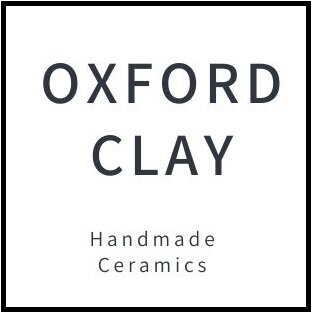What are ‘eco-conscious’ ceramics?
Many of the ingredients used in ceramics are produced in ways that can be harmful to animals, humans and the environment. Cobalt Oxide for example, which is used in ceramics to produce a blue colour, has been linked to human and environmental harm in Democratic Republic of the Congo
So where do you start if you want to make eco-conscious ceramics with minimal harm? Here is a three-step approach to developing a more ethical ceramics practice.
Step 1: Creating an ethical framework
Before creating work it is important to understand how materials are produced and in what ways this impacts animals, humans and the environment. Information can be hard to find but suppliers may be able to tell you the origins and production methods of materials. Other sources of information on ceramic ingredients include PubChem who have a searchable chemical database, including information on toxicity, and MEC (Minerals Education Coalition) who provide information on mining.
At Oxford Clay I researched 21 materials commonly used in ceramics production. Each material was graded from 1 to 5, according to an ethical standard from low to high concern.
Step 2: Developing the ceramics
Once you know which materials cause the most harm you can work to exclude these from work. Unfortunately, many of the most environmentally harmful and toxic ingredients (such as Rutile, Cobalt, Tin, and Copper Oxides) also produce beautiful glazes. However, there are many alternatives to these ingredients. Websites such as Glazy let you search glaze recipes by firing temperature, colour or keyword to find recipes that do not use certain ingredients to suit an ethical framework.
At Oxford Clay I embarked on a product development phase led by using the materials causing the lowest harm to animals, humans and the environment. After a year of trials (and errors!) I found recipes for clay and glaze that worked. I sourced ingredients that were as local as possible by contacting suppliers and were able to source all of the clays from Devon, Dorset, and Cornwall. Also, by researching and testing ash-glaze recipes, I found I could utilize waste wood ash in the pottery glaze.
Step 3: Creating sustainable production methods
The next phase is to look beyond ingredients and investigate more ethical production methods. The main resources (apart from clay) used in the production of ceramics are electricity and water. Could any improvements be made in the use of resources? Such as;
investing in a more energy-efficient kiln?
changing electricity supplier to one who provides renewable electricity?
slowly air drying work rather than using a hot air gun for speed?
collecting and using wastewater for work and cleaning?
recycling or ‘reclaiming more clay?
At Oxford Clay I set up water butts to harvest rainwater for use in the studio which allowed all of the water used in the production of the clays to be sourced from rainwater. I sourced a supplier of 100% renewable electricity and invested in a highly energy-efficient Rhode Ecotop electric kiln to fire work. I excluded all animal products from the ingredients and production process such as leather, sponge and animal hair paintbrushes.

